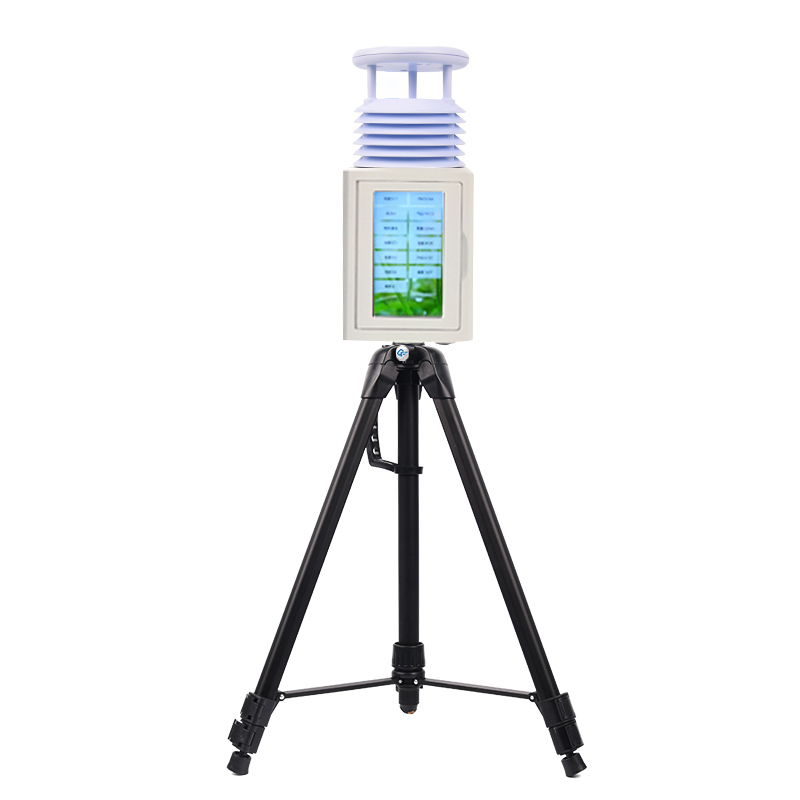Meteorological environment monitoring equipment supplier
Insist on doing high-precision customer favorite technology products
In the field of basic education, the teaching of meteorological knowledge is undergoing a qualitative leap with the help of Portable Weather Stations. Portable Weather Stations provide teachers and students with a mobile meteorological laboratory.
Basic teaching-oriented Portable Weather Stations are often equipped with various sensors, enabling real-time and accurate monitoring of multiple meteorological data. Temperature sensors record changes in air temperature, revealing the mysteries of air temperature to students; humidity sensors precisely measure air humidity, helping students understand the state of water vapor in the atmosphere; barometric pressure sensors reflect atmospheric pressure values, allowing students to recognize the close connection between air pressure and weather. Anemometers and wind direction sensors can tell students the speed and direction of the wind, and these basic data help students build an initial understanding of meteorological elements.
In the teaching process, teachers can use Portable Weather Stations to carry out a variety of teaching activities. For example, in geography classes, when explaining climate types, teachers can take students to collect data in different areas of the campus with the weather station. On sunlit playgrounds, students record relatively high temperatures and low humidity; in shaded gardens, the temperature is slightly lower and humidity is higher. By comparing data from different locations, students can more intuitively understand the causes of small-scale climate differences.
In physics classes, teachers can use anemometers to verify Bernoulli's principle. In open spaces, students place the weather station in different positions to measure wind speed when the wind blows, analyze the relationship between wind speed and the surrounding environment, and understand the connection between flow velocity and pressure.
Portable Weather Stations also assist students in conducting long-term meteorological observation projects. Students work in groups to collect data using the weather station at fixed times every day, and record and organize the data. After a period of time, they analyze the accumulated data and draw charts showing changes in temperature, humidity and other elements over time. Through such projects, students not only improve their data processing abilities, but also gain an in-depth understanding of local meteorological change patterns.
The operation is very simple. Students can use it without complex training. The device is usually equipped with a clear display screen, making various data easy to read. Moreover, Portable Weather Stations support wireless data transmission, which can directly transmit collected data to computers or mobile devices, facilitating subsequent analysis by students.
Portable Weather Stations for basic teaching have broken the limitations of traditional meteorological teaching. They allow students to step out of the classroom, experience meteorological changes firsthand, and stimulate their interest in meteorological science. Through practical operations and data analysis, students can better master meteorological knowledge and develop scientific inquiry spirit and practical abilities.
